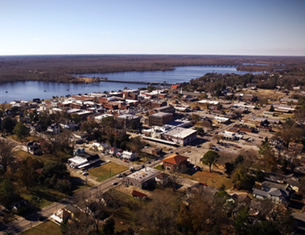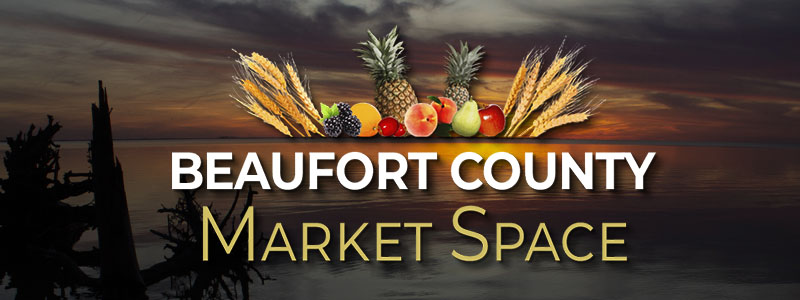Publisher's note: The article below, by Kristen Blair, who is a North Carolina Education Alliance Fellow, appeared in John Hood's daily column in his publication, the Carolina Journal, which, because of Author / Publisher Hood, is inextricably linked to the John Locke Foundation.
RALEIGH Technological and online tools are revolutionizing education in exciting and near-limitless ways. Web-based documentation means teachers can share on-the-spot editorial input even as student scribes craft essays at home. Interviewing experts around the globe is a snap for students, using video calling over the Internet. And 48 states offer supplemental or full-time online learning programs, federal data show.
Vast and virtual, the modern classroom knows no geographic boundary.
But what about the social side of the Internet, teeming with tweets and status updates? Even an intrepid administrator finds this tricky terrain.
Some teachers have faced suspensions or lost jobs due to ill-advised posts or inappropriate communications with students on social networking sites. On the Internet, the divide between the public, the professional, and the truly private can be indistinct.
Concerned by teacher-student impropriety on social networking sites, school districts -- including the nation's two largest -- are moving to codify their expectations. This past February, the Los Angeles Unified School District issued a policy strongly discouraging employees from accepting student invitations to "non-school-related social networking sites." In the spring, the New York City Department of Education released guidelines telling employees they "should not communicate with students who are currently enrolled in DOE schools on personal social media sites."
In June the Wake County Public School System sent a memorandum to all employees outlining the district's social media policies, including a directive not to "friend" students. Charlotte-Mecklenburg Schools haven't released official social media guidelines for employees yet. But that could change. A CMS spokesman says the issue is "on their radar" and under review.
Fans of faculty-student interactions on personal social networking sites view such restrictions as legalistic and stodgy. After all, as Pew Internet Project data reveal, 80 percent of online teens are avid users of social media; so, too, are millions of younger tweens. So why shouldn't teachers leverage sites that students adore to foster closer, more connected relationships?
The immediate rejoinder is patently obvious, but bears repeating: The teacher-student relationship is, and must remain, a professional one. The lines that demarcate the professional and the personal do not fade when school days end or locations change. Online or off, undue familiarity is unmitigated folly diminishing teacher authority and increasing the likelihood of misconduct.
Website age restrictions provide yet another reason to forgo teacher-student contacts on personal networking pages. Facebook's terms of service, for example, require that users be 13 or older, based on federal privacy law. Though they aren't (and shouldn't be) responsible for enforcing age requirements for students' personal Internet use, this is still the job of parents -- teachers shouldn't condone rulebreaking by accepting friend requests from underage students.
Moreover, district policies don't preclude teachers and students from using social media in a closely monitored professional and educational context. Secure social networks designed specifically for educational use have exploded, as a new Education Week publication attests, and include sites such as ePals and Edmodo. The ePals site dubs itself "the safe social learning network"; Edmodo, used by a number of North Carolina school districts, boasts millions of customers worldwide.
Clearly, the times are a-changin', as Bob Dylan once observed, and education is no exception. Technology is transforming our classrooms rapidly, and in many cases children are the better for it. But as we push aside old conventions to equip students with new technological competencies as we must -- we cannot forget that some boundaries never should be moved.
No screen can erase the line of authority that separates a teacher from a current student. Everyone loses when we pretend it can.

























